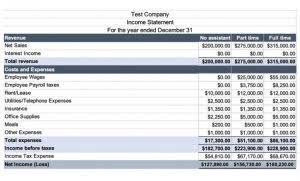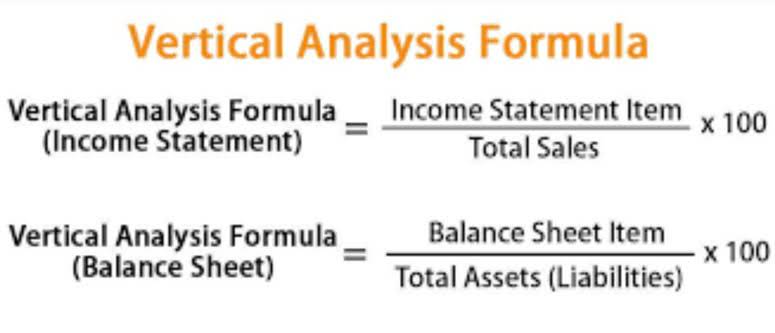
Though accounts payable and notes payable both represent money owed, in many ways they are quite different. One key difference between the two is that accounts payable is always a short-term liability while notes payable can be what is the difference between notes payable and accounts payable either short-term or long-term liabilities. Accounts payable represent short-term debts owed to suppliers and creditors that help sustain regular business activities.

Notes Payable vs. Notes Receivable: What Every Business Needs to Know

This approach Retail Accounting lets AP teams schedule payments to align with higher liquidity periods. For instance, when a retail company forecasts strong sales for Q4, it might extend payment schedules into Q1. This strategy helps effectively manage accounts payable during slower revenue months.

Accrued Expenses vs. Accounts Payable: What’s the Difference?

Proper handling of accounts payable ensures businesses have sufficient liquidity for daily operations. Accounts payable is that money which the business has to pay back to its vendors or suppliers due to credit purchase of goods and services. Since it is for the short term, generally within the same year, It is treated as a current liability in the balance sheet of the entity.
- Leverage early payment discounts – Take advantage of vendor incentives while balancing liquidity.
- The existence of notes payable in a company’s financial records implies a more significant and structured liability than accounts payable.
- Accounts payable are short-term liabilities meaning they must be paid back within a year of the debt being accrued.
- Both, accounts payable and notes payable are listed on a company’s balance sheet as a part of its liabilities.
- For your accounts payable, review the payment terms as outlined by the vendor.
- Unless you’re a lawyer, a professional debt-trader, or a securities regulator, the differences are largely moot.
How to effectively manage notes payable and accounts payable
This predictability helps businesses avoid sudden financial strain by spreading repayments evenly over months or years, ensuring a stable financial outlook. Just as more organizations are moving off paper invoices, there is a move away from paper checks and wire payments to protect against fraud, lower costs, and streamline the payment process. As noted earlier, when comparing accounts payable vs. notes payable, the complexity of tasks is a major difference. For accounts payable, that complexity will grow with the volume of business. As revenues grow, so will the need for additional resources to pay suppliers and creditors in an accurate and timely manner.
- Both are liabilities that businesses incur during their normal course of operations, but they’re inherently different.
- To learn more about leveraging financing and putting procure-to-pay to work in your procurement practice, watch our on-demand Finance and Automation webinar.
- Another invoice processing method for recurring orders can involve ordering off a contract.
- These are the short term liabilities that the company needs to pay to its suppliers in a smaller span of time.
- A common example of notes payable is a promissory note, which is essentially a formal contract obligating the borrower to repay a specific amount within a defined timeframe.
Both trade payable and accounts payable are short-term liabilities, with trade payable being a part of accounts payable. Trade payable directly affects the supply chain, whereas accounts payable affects overall finances of the company. Managing both these functions are therefore fixed assets essential for the health of your company.

- Founded in 1993, The Motley Fool is a financial services company dedicated to making the world smarter, happier, and richer.
- Adding this requirement for purchasing eliminates the burden on accounts payable to validate an invoice.
- If a company buys raw materials from a supplier, this results in an account payable for the company.
- MHC offers a comprehensive procure-to-pay solution that makes it easy for accounting departments to streamline their AP processes.
- He has worked as an accountant and consultant for more than 25 years and has built financial models for all types of industries.
- Accounts Payable are generally short-term liabilities with payment due within a relatively short period, usually within 30 to 90 days.
The vendor or supplier may charge interest or late fees and break the working relationship, perhaps even refusing to deliver the goods or services purchased. If at the time of purchase, you receive an invoice with the goods or services rendered before payment, that purchase is categorized as accounts payable. Notes Payable are usually entered into for specific purposes, such as financing capital projects, acquiring long-term assets, or securing funding for expansion. They represent a more deliberate decision by the business to borrow money, often for larger amounts or longer periods. For example, most bonds are structured so that the company pays back the entire balance of the debt at one point in the future — that is, on its maturity date.
